In the early 19th century, the Scottish naturalist and explorer John Richardson traveled with Sir William Franklin in search of the Northwest Passage. He recorded the scientific findings of these expeditions in two works: Flora boreali-americana (1833-1840) and Fauna boreali-americana (1829-1837). The latter is a four-volume text about the animals of North America and the Arctic. Although John Richardson was the primary author, the ornithologist William Swainson assisted with part two (The Birds), and the entomologist William Kirkby assisted with part four (The Insects).
UBC Library Rare Books and Special Collections holds copies of the four volumes of Flora boreali-Americana. Both texts have been digitized as part of the BC Historical Books collection. For this post, we have selected a few of our favorite images and descriptions from each volume. You can click on each image to jump to the page in Open Collections, where you can read the authors’ descriptions of the animals.
Part I: Mammalia
Grisly Bear
Rocky-Mountain Neotoma
“It is very destructive. In the course of a single night, the fur traders who have encamped in a place frequented by these animals have sustained much loss, by their packs of furs being gnawed, their blankets cut in pieces, and many small articles carried entirely” away. Mr. Drummond placed a pair of stout English shoes on the shelf of a rock, and, as he thought, in perfect security, but on his return, after an absence of a few days, he found them gnawed into fragments as fine as saw-dust.”
Rocky-Mountain Goat
Part Second: The Birds
Great Cinereous Owl
“It is common on the borders of Great Bear Lake; and there and in the higher parallels of latitude it must pursue its prey, during the summer months, by daylight. It keeps, however, within the woods, and does not frequent the barren grounds, like the Snowy Owl, nor is it so often met with in broad daylight as the Hawk-Owl, but hunts principally when the sun is low; indeed, it is only at such times, when the recesses of the woods are deeply shadowed, that the American hare and the murine animals, on which the Cinereous Owl chiefly preys, come forth to feed.”
The Arctic Blue-bird
The Common Golden Eye
Part Third: The Fish
American Perch
“This fish has a close resemblance to the river Perch of Europe. Our specimen was taken in Lake Huron, where it frequents steep banks and affords much sport to the angler from the eagerness with which it snaps at the bait. In the month of May it spawns and then resorts in great numbers to the mouths of rivulets. It does not, as far as I could learn, exist in any of the streams that flow into Hudson’s Bay or the Arctic sea, and most probably it does not range farther north than the 49th or 50th parallels of latitude, between which the rivers that fall into the chain of Great Canadian Lakes originate.”
Ross’s Arctic Salmon
Back’s Grayling
This volume also includes some exceptionally creepy illustrations – while not included in this blog post, you can view them in Open Collections if you are curious!
Part the Fourth and Last: Insects
Each of these plates contains multiple numbered figures showing different species:
References
- Sir John Richardson (Dictionary of Canadian Biography)
- John Richardson (naturalist) (Wikipedia)
- William Swainson (Wikipedia)
- The Reverend William Kirby (Wikipedia)
- Volume 1. The Mammals (Cambridge University Press)
- Volume 2. The Birds (Cambridge University Press)
- Volume 3. The Fish (Cambridge University Press)
- Volume 4. The Insects (Cambridge University Press)
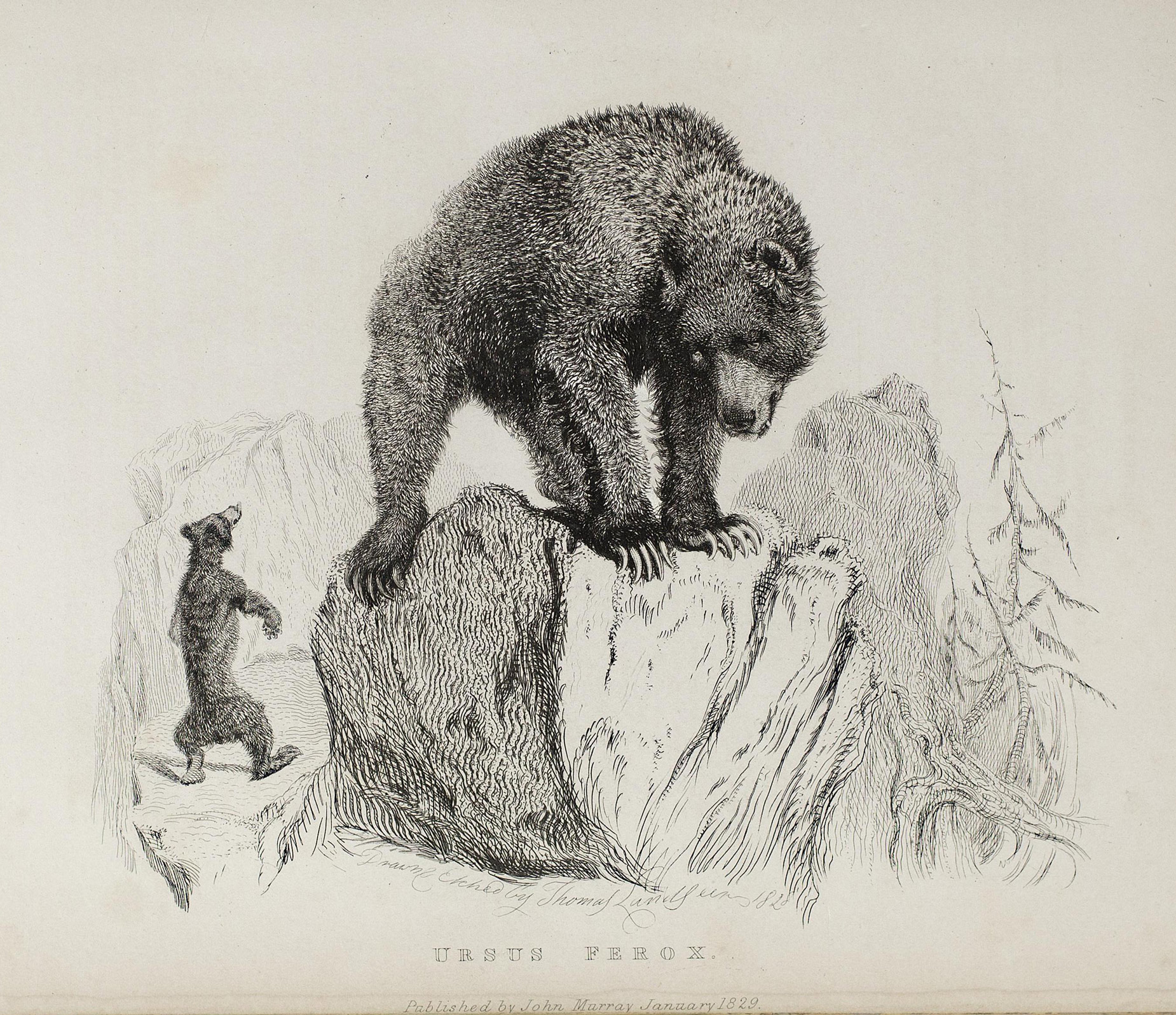
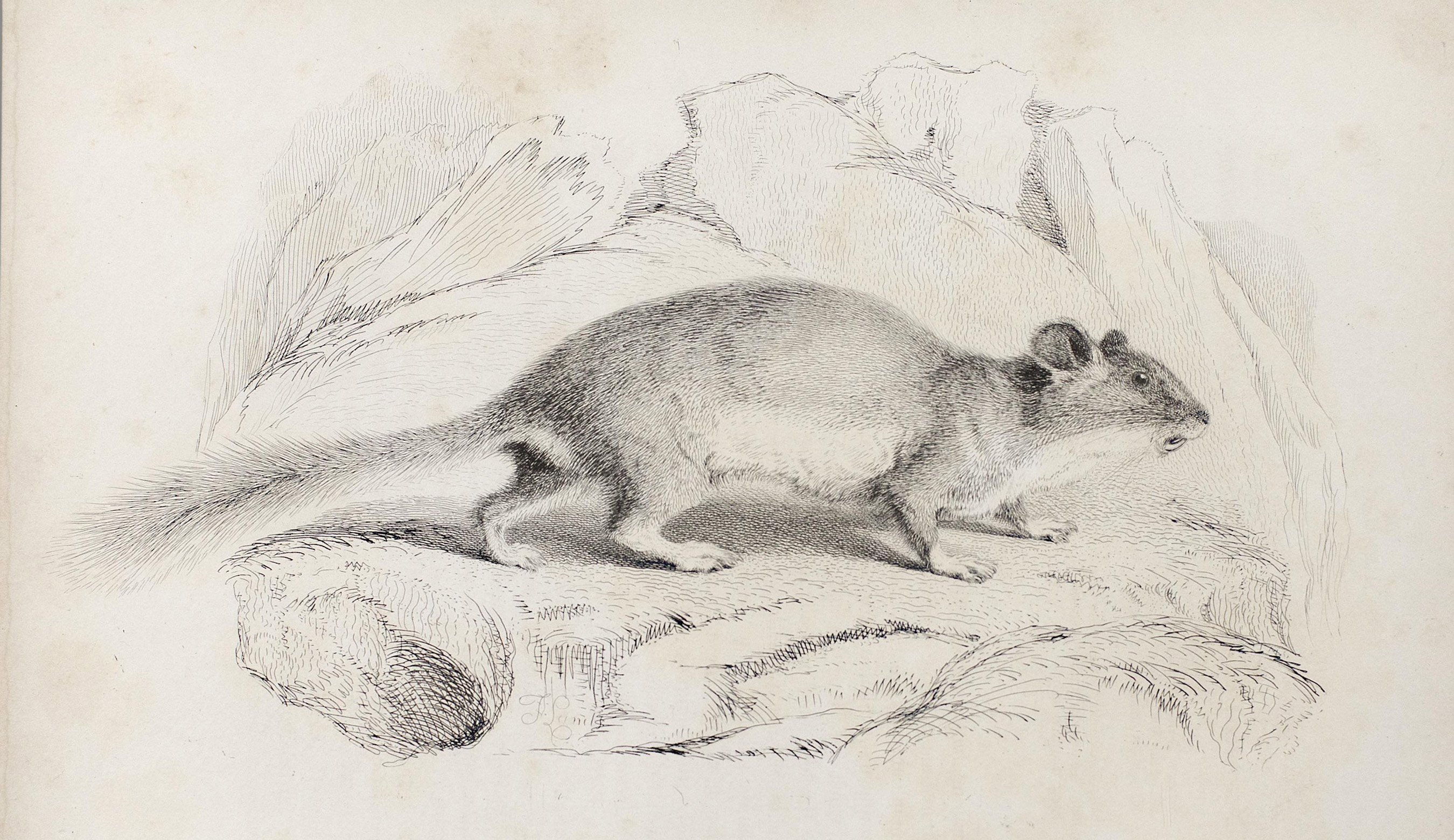
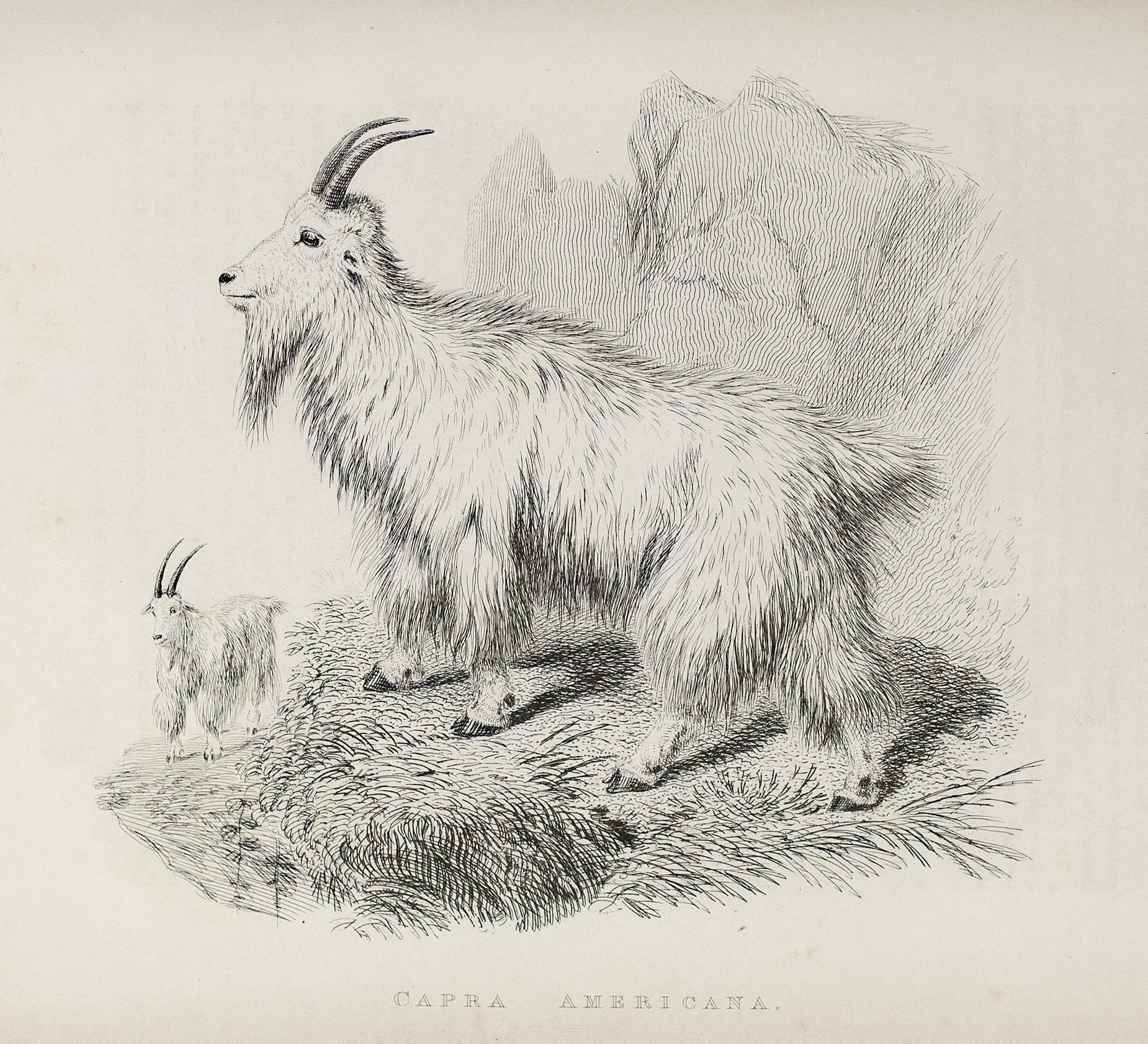
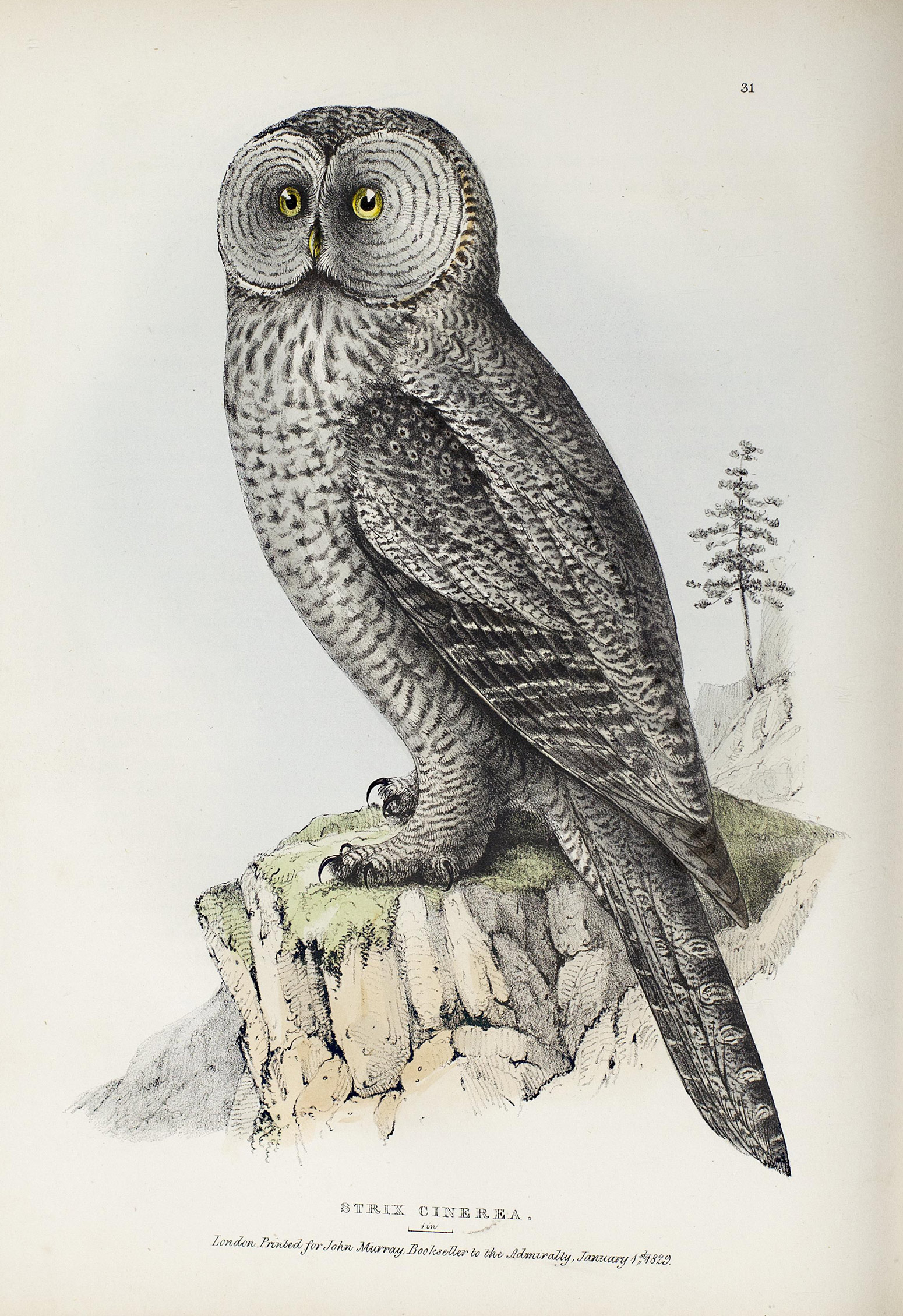

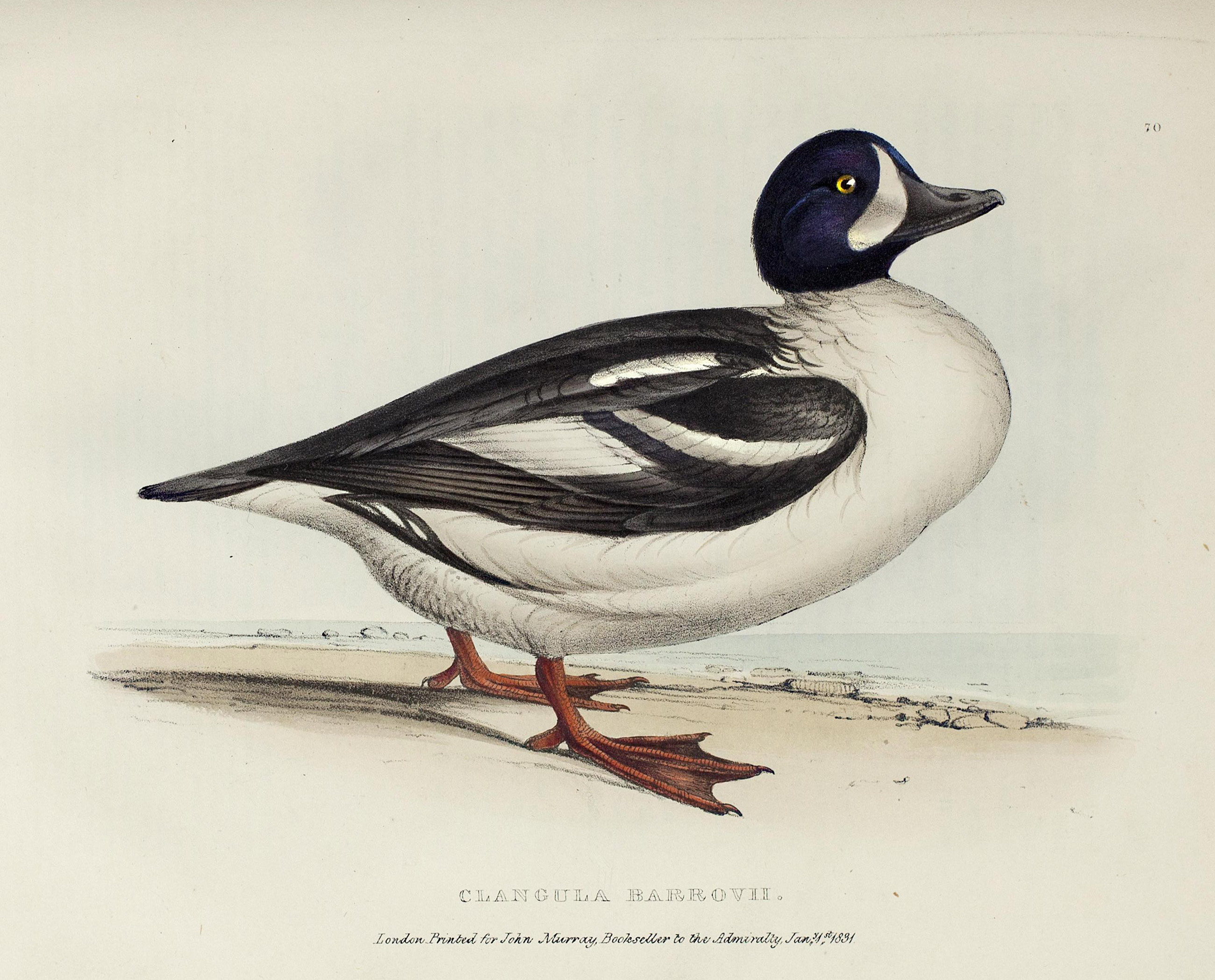
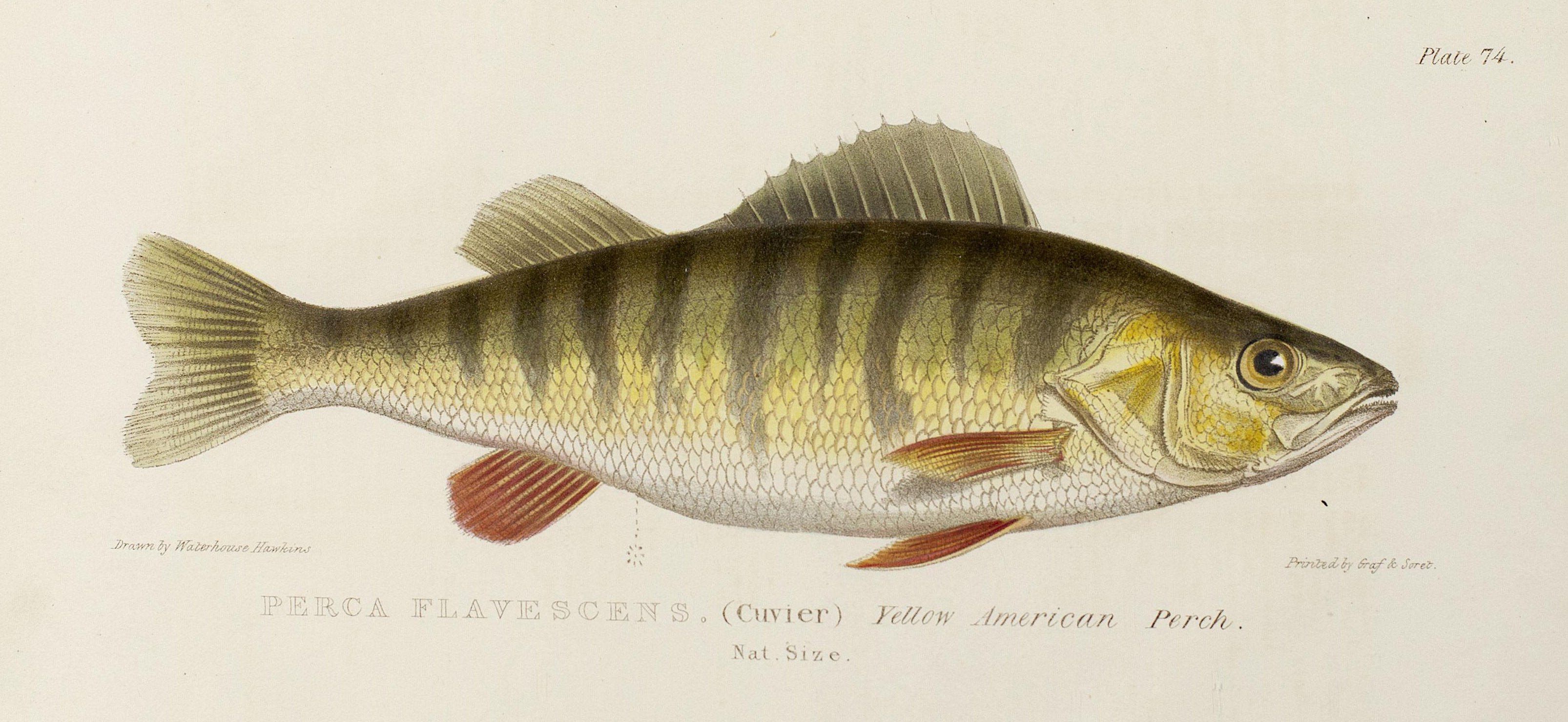
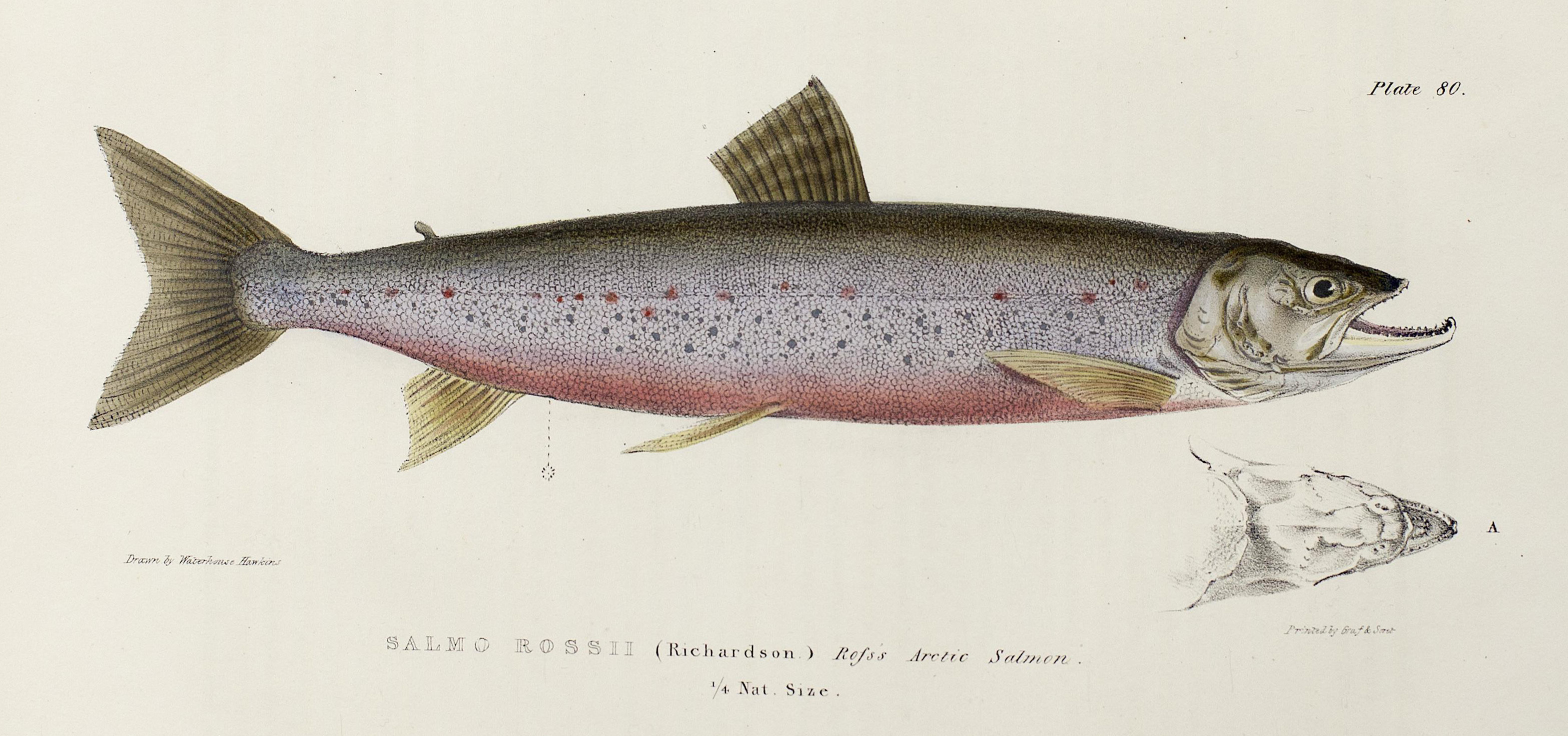
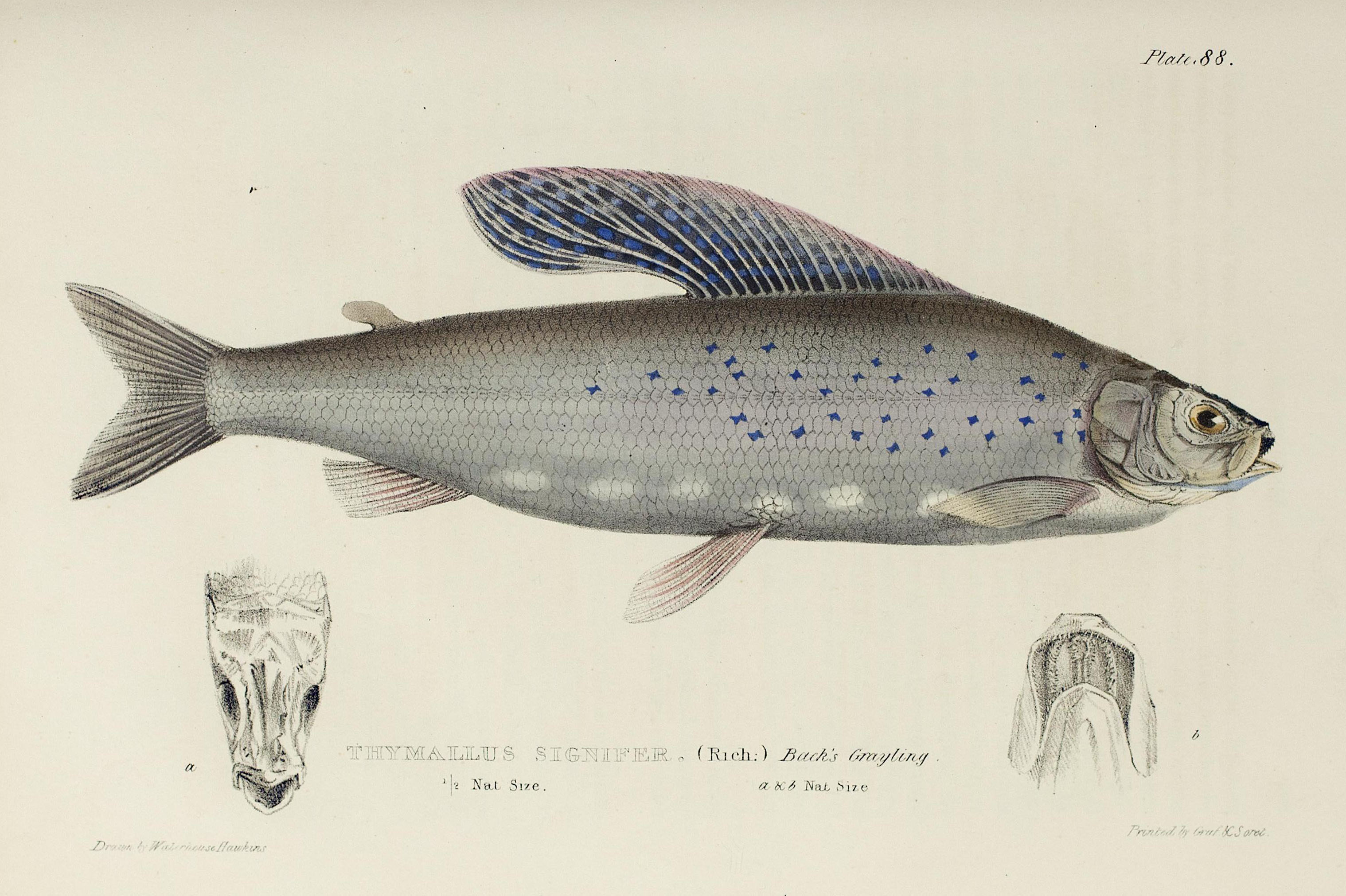
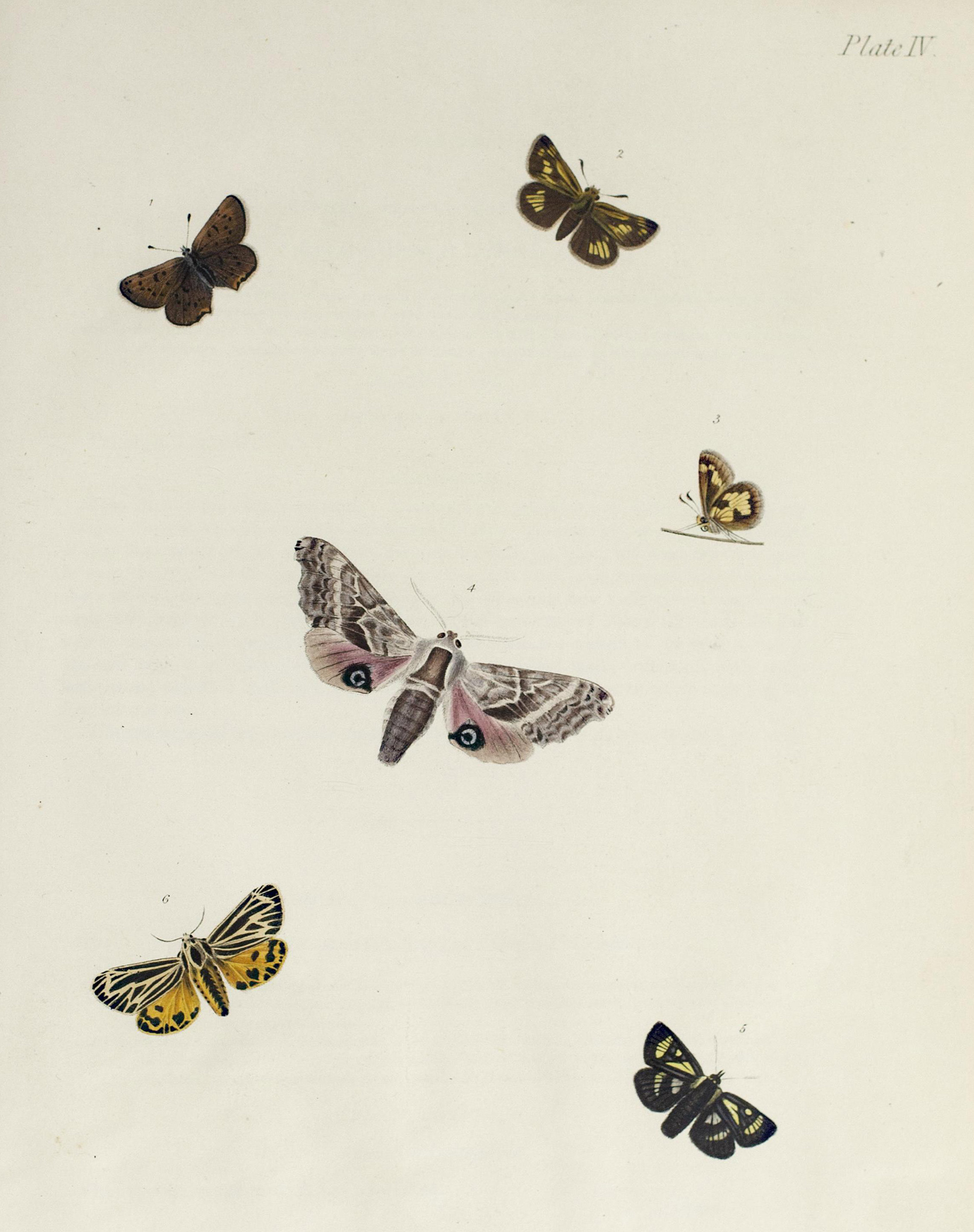
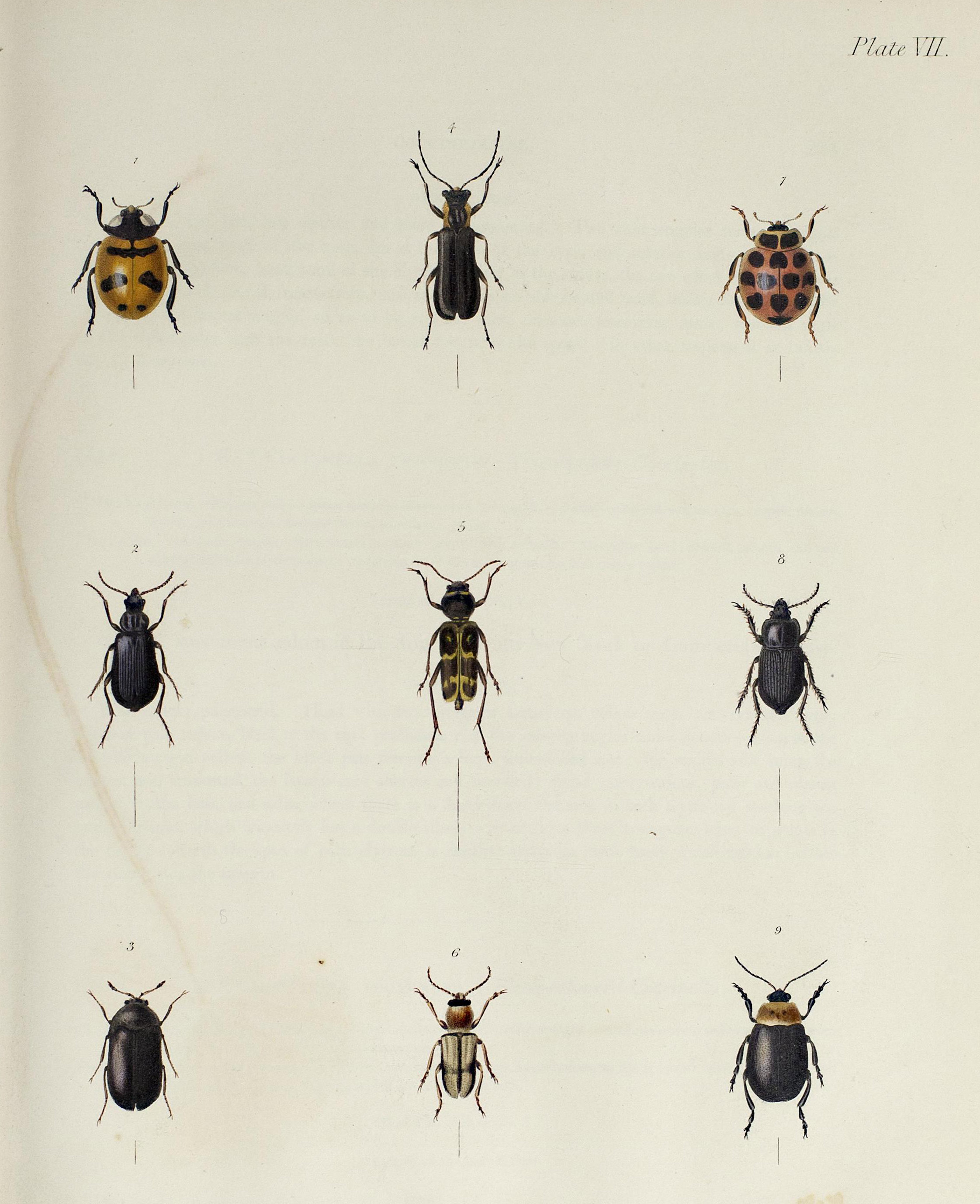
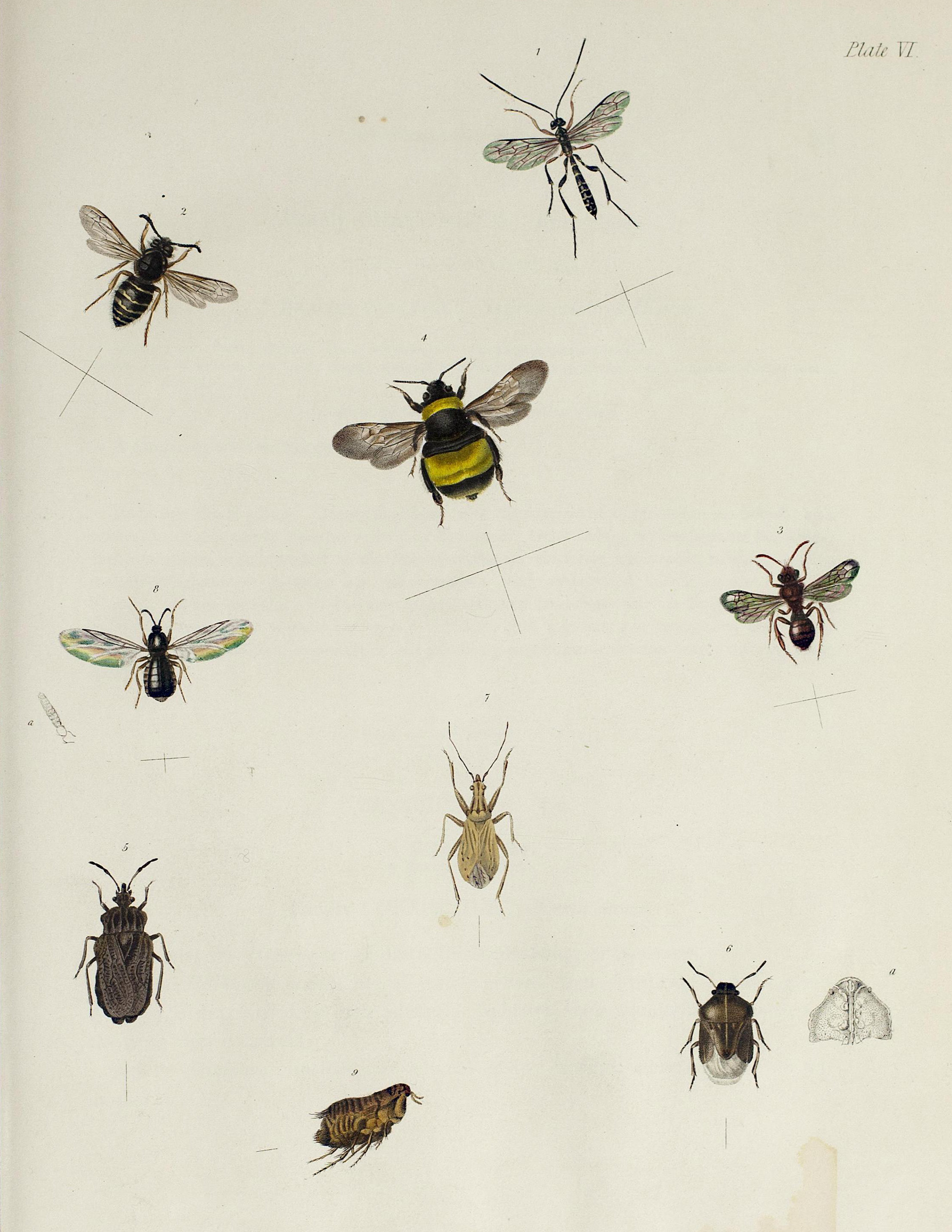
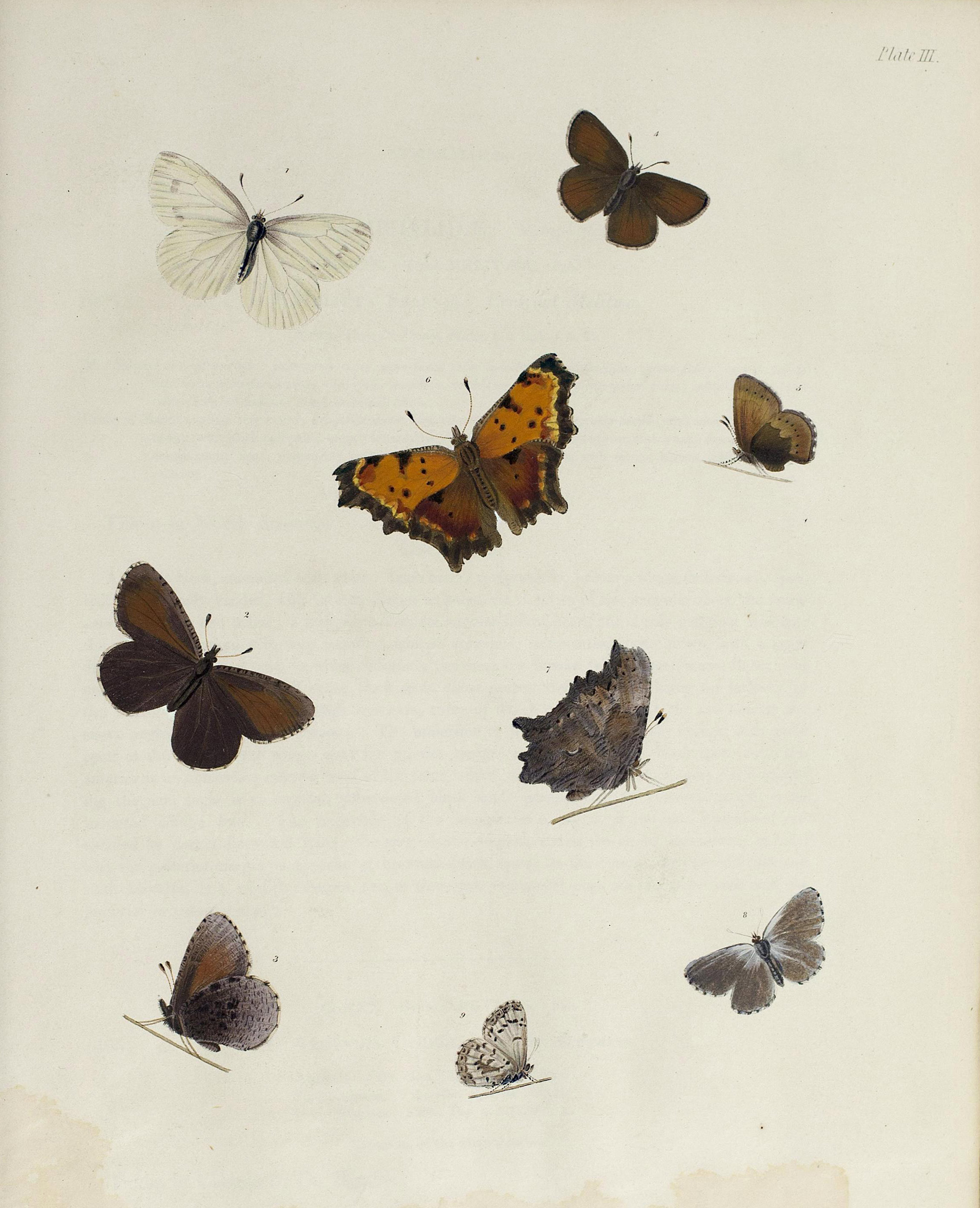
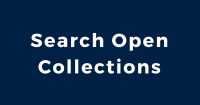


I am the great-great-grandson of William Swainson. I appreciate your page information however I am concerned that you have referred to William Swainson as “William John Swainson” Please note that his son (and my great-grandfather) was named William John Swainson (Willie), not his father.
Unfortunately, in 2007, someone added John as a middle name to Wikipedia (with no source to verify the change), and it is starting to be added incorrectly to websites. Interestingly, Wikipedia’s sources link to places that show his name as William Swainson. Wikipedia has now been corrected so I would love to see this corrected. Any book that he illustrated has his name William Swainson. Regards Tim Swainson
Hello, thank you for adding this comment. We have updated the post to reflect the information you have provided. We appreciate your assistance and thank you for checking out our blog. All the best, The Digitization Centre Team